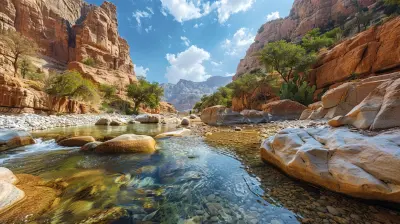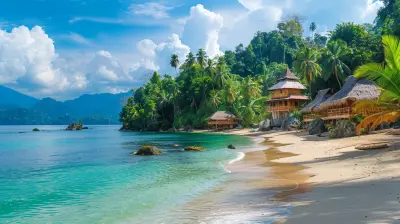Journey to the Ends of the Earth: The Untouched Wilderness of Patagonia
4 August 2025
Ever dreamt of standing on the edge of the world? Like, literally? Patagonia is as close as it gets. Tucked away at the southernmost tip of South America, where glaciers march toward the sea and jagged peaks pierce the clouds, it's a place that still feels wild, raw, and completely untamed.
This is not your typical vacation spot. There are no theme parks, no crowded beaches, no Starbucks in sight. Instead, you're surrounded by vast windswept plains, turquoise lakes, sky-high mountains, and a silence so pure it hums in your ears.
So, if your soul’s itching for adventure and a real connection with nature, pack your hiking boots. Because this journey to Patagonia? It’s less of a trip and more of a transformation.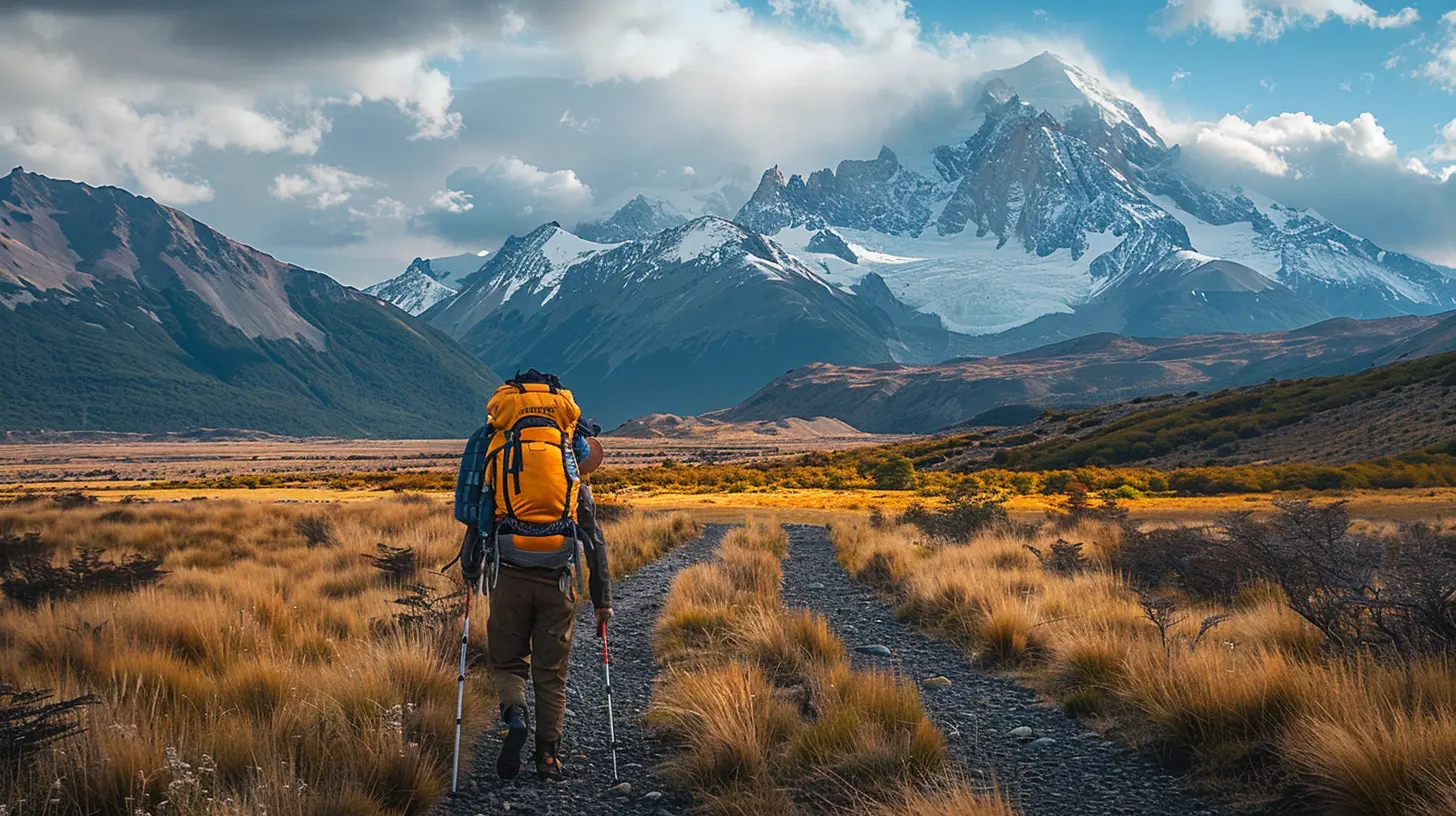
Where Exactly Is Patagonia?
Good question. Patagonia isn't a country—it’s a region that sprawls across the southern tips of Chile and Argentina, covering over 400,000 square miles. That’s bigger than California and Texas combined! On the Chilean side, you'll find dramatic fjords, lush temperate rainforests, and deep-blue glaciers. The Argentine side offers vast desert-like steppes, semi-arid plateaus, and some of the most stunning mountain landscapes on Earth.It stretches from the Colorado River in the north to Tierra del Fuego in the south, where the land crumbles into the Southern Ocean. Beyond that? Nothing but Antarctica. It's quite literally the end of the line—and that’s the magic of it.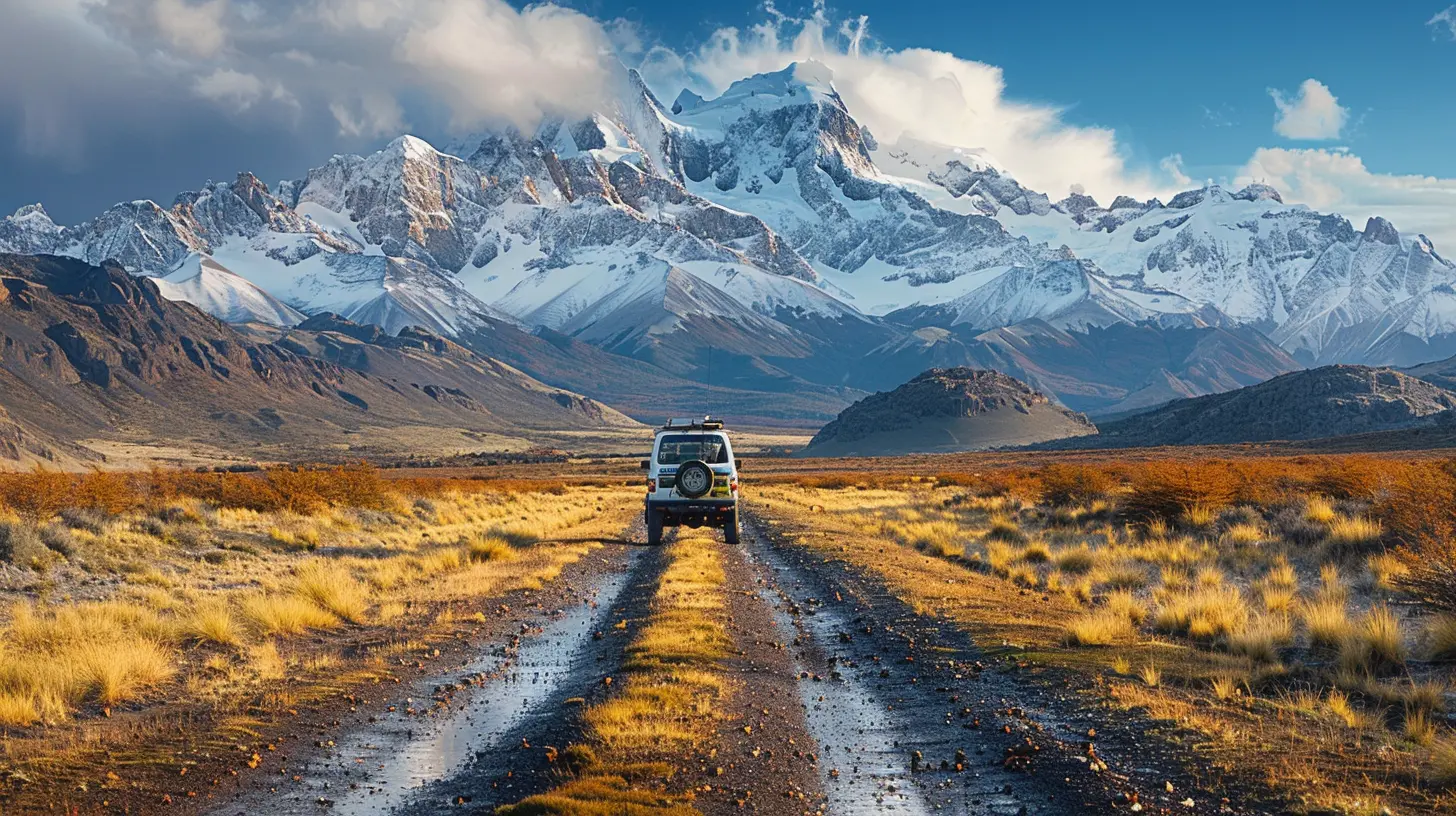
A Land Shaped by Ice and Wind
Everything in Patagonia feels ancient. The region has been sculpted over thousands of years by ice, wind, and water. Massive glaciers—some still crawling their way across mountains—have carved valleys and fjords so deep you’d think the Earth had cracked open.And then there’s the wind. Oh, the wind! It whips through the steppes with a force that can knock you flat if you’re not careful. It’s relentless and pure and somehow part of the charm. The weather here has a personality of its own—unpredictable, rebellious, and untamed, just like the landscapes.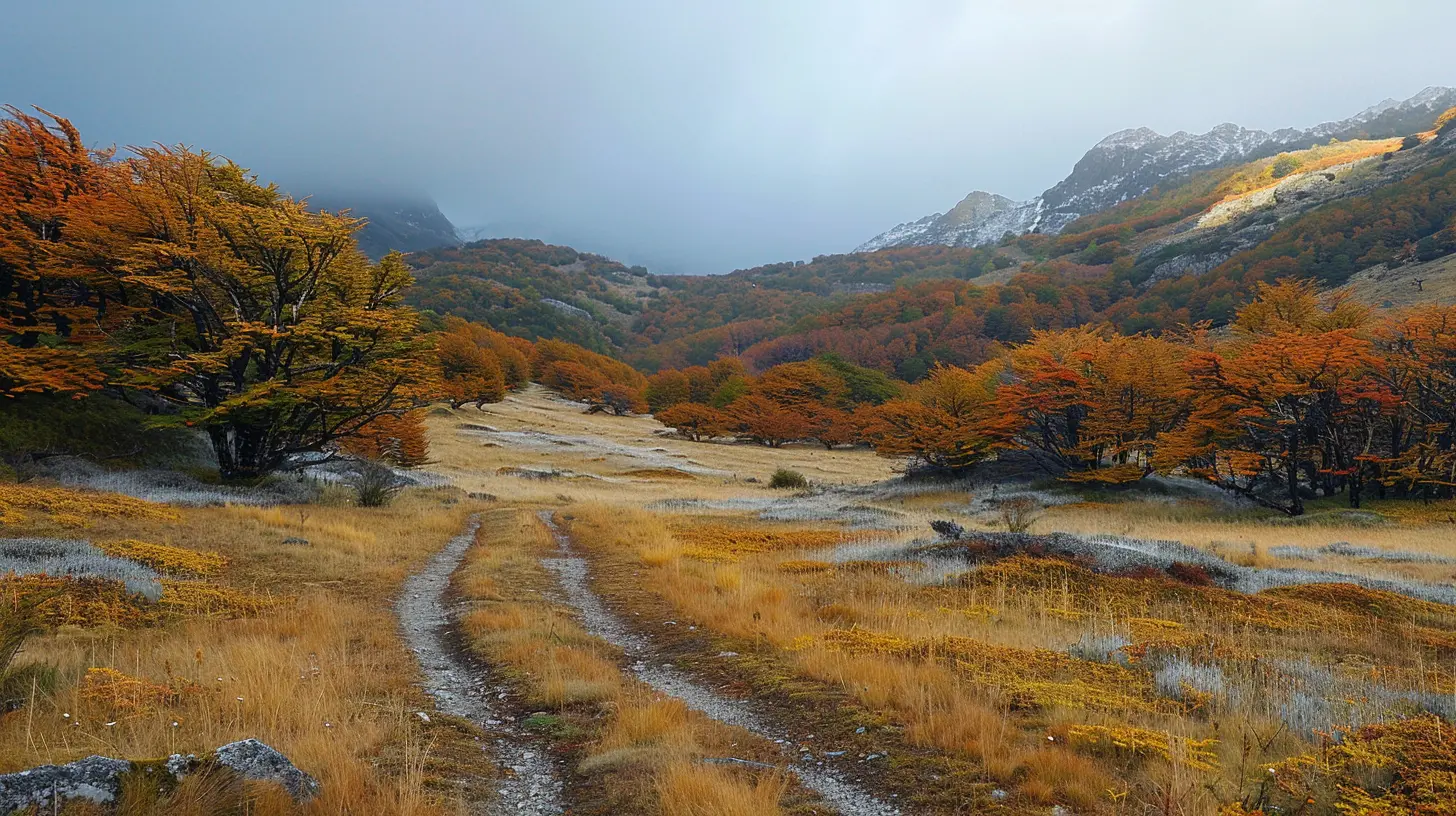
Must-See Natural Wonders in Patagonia
Let’s break it down. Patagonia is sprinkled with natural masterpieces that’ll leave your jaw hanging. Here are the big hitters you don’t want to miss:1. Torres del Paine National Park (Chile)
Think jagged granite peaks wrapped in clouds, icy blue lakes, and gray glaciers that seem to glow. Torres del Paine is one of South America’s crown jewels. Hike the famous “W” trail, go kayaking on Lake Grey, or just stare at the iconic Paine Massif for hours. Trust me, you won’t get bored.2. Los Glaciares National Park (Argentina)
Home to the world-famous Perito Moreno Glacier, this park is like a slice of the Ice Age. You can walk on the glacier, watch it calve into the lake, or just stand in awe of its towering ice walls. Nearby, you’ll find Mount Fitz Roy, a rugged spire beloved by climbers and Instagrammers alike.3. Tierra del Fuego
Down at the very tip of the continent lies Tierra del Fuego, also known as “The Land of Fire.” It’s wild and moody, with windswept coasts and ancient native myths. Ushuaia, the world’s southernmost city, sits here like a frontier outpost. From here, you can hop on a boat and sail through the Beagle Channel, spotting penguins and sea lions along the way.4. The Carretera Austral (Chile)
This remote highway stretches through 770 miles (1,240 km) of pure Patagonian wilderness. Expect gravel roads, wooden bridges, turquoise rivers, and barely another car in sight. It’s the ultimate road trip for the adventurous spirit.5. The Steppe of Argentine Patagonia
Vast, silent, and empty, the steppe is where you’ll truly feel like you’re at the end of the world. You might spot guanacos, rheas, and even the elusive Andean puma if you’re lucky. It’s stark beauty at its finest.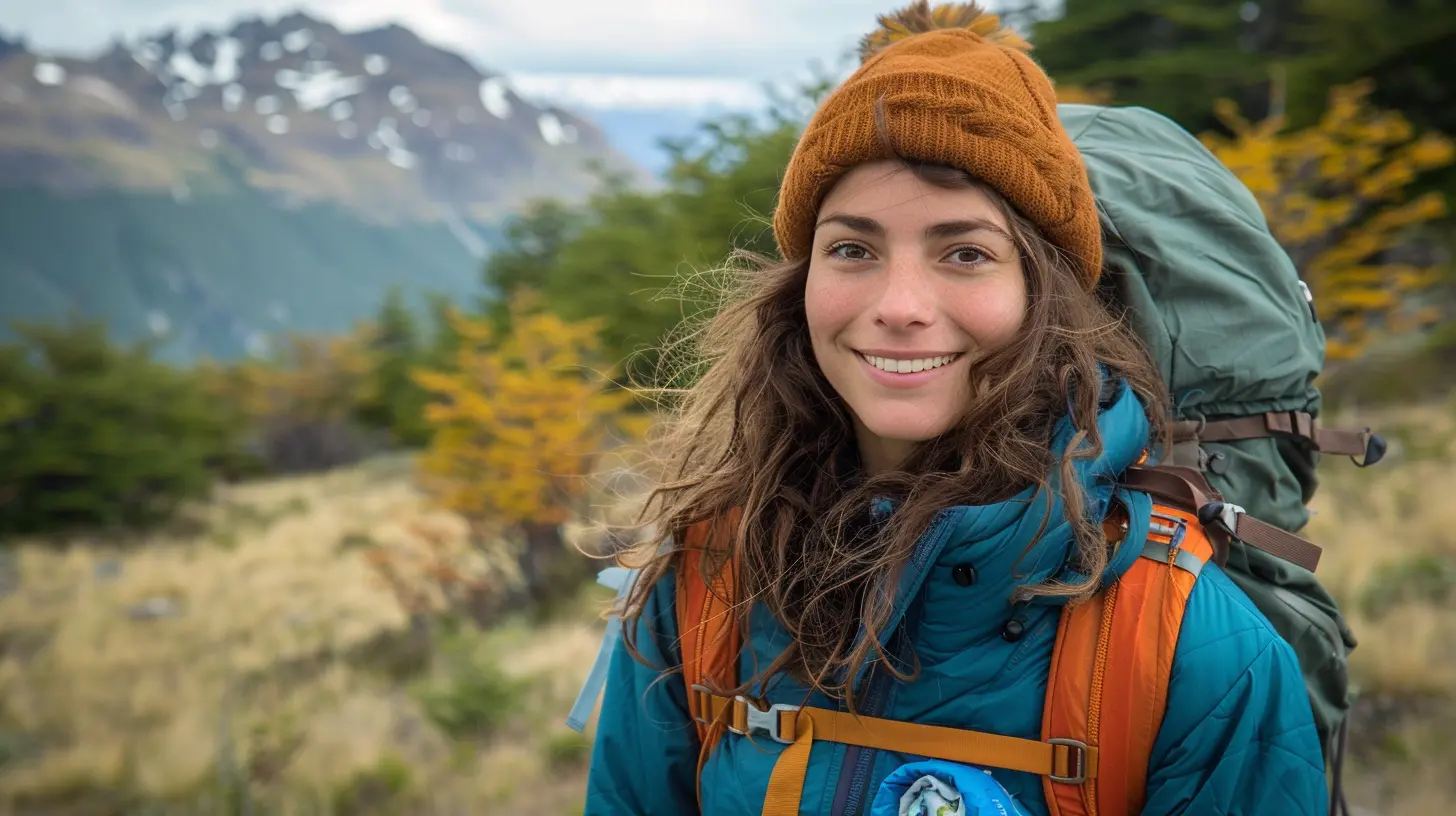
Wildlife Watch: Meet Patagonia’s Wild Residents
Patagonia might seem harsh and uninhabitable, but it’s teeming with life. This untouched land is a paradise for wildlife lovers.Some of the locals you might bump into include:
- Guanacos (like a wild cousin of the llama)
- Magellanic penguins, especially on the Punta Tombo coast
- Massive condors soaring overhead
- Playful sea lions basking on rocky shores
- The elegant and endangered Andean deer (huemul)
- And if you’re really lucky? A glimpse of the elusive puma, the ghost of the Patagonian wilderness
Birdwatchers, bring your binoculars—over 460 bird species call this place home!
What Makes Patagonia So Special?
Look, there are beautiful places all over the world. But Patagonia hits different. Why?1. It’s Truly Untouched
This isn’t a region overrun with resorts and tour buses. Much of Patagonia remains rugged and remote, meaning you get that rare feeling of discovering something completely on your own. It’s one of the few places left on Earth where nature still calls the shots.2. Simplicity Meets Grandeur
There’s a simplicity to life in Patagonia—shepherds watching over sheep, fishermen on the fjords, small wooden houses warmed by fireplaces. At the same time, the landscapes are bigger than life. It's like living in a painting you never want to leave.3. The People
The Patagones (inhabitants of Patagonia) are as resilient as the land they live in. Friendly, warm, and resourceful, they’ll welcome you with homemade empanadas and stories passed down for generations. There's a quiet pride in their eyes—and rightfully so.When’s the Best Time to Go?
That depends on what you're after.- Summer (December to February): Best weather, long days, ideal for hiking and outdoor adventures. Also the most popular time, so expect (slightly) more tourists.
- Spring/Fall (October–November & March–April): Still good weather, fewer crowds, and gorgeous foliage or wildflowers.
- Winter (June to August): Mostly for hardcore adventurers and snow-lovers. Many parks and roads may be closed due to snow.
No matter when you go, pack for anything. Patagonia’s known for giving you four seasons in a single day.
Tips for Traveling in Patagonia
Alright, before you book your ticket, here are some insider tips to keep in mind:1. Be Prepared for the Elements
Layer up. Waterproof everything. The weather can shift from sunny to icy rain in an hour.2. Go Off the Grid
Wi-Fi? Forget it. In many spots, it’s non-existent. Embrace it. This is your time to disconnect and truly live in the moment.3. Slow Travel Wins
Don’t try to cram everything into one week. Patagonia rewards the patient. Take your time. Let the wind guide you.4. Respect Nature
This isn't a theme park—it’s a fragile ecosystem. Stick to trails, take your trash with you, and leave nature exactly how you found it.A Place That Transforms You
There’s a moment that happens to just about everyone in Patagonia. You’re standing in some impossibly quiet valley, with mountains folding into the horizon and condors circling above. The wind is howling, and suddenly you feel... tiny. Humble. Alive.Travelers come here for the landscapes and the adventure. But they leave with something deeper—a sense of perspective, a reminder of our place in the grand, glorious machine of nature.
Patagonia doesn’t scream for attention. It whispers. And if you’re willing to listen, it will change the way you see the world.
Final Thoughts: Should You Go?
If you're after luxury resorts and shopping malls, Patagonia isn’t for you. But if your heart craves adventure, solitude, and unfiltered beauty, then absolutely—it’s calling your name.You don’t just “visit” Patagonia. You journey to it. And once you’ve stood on its windswept plains or hiked along its icy trails, a part of you will always stay behind.
So, are you ready to go to the ends of the Earth?
all images in this post were generated using AI tools
Category:
Adventure TravelAuthor:

Pierre McKinney
Discussion
rate this article
2 comments
Garrett Jimenez
Patagonia: Nature's wild playground!
November 28, 2025 at 3:30 PM

Pierre McKinney
Absolutely! Patagonia truly embodies the spirit of adventure and the beauty of untouched nature.
Tank Howard
Patagonia's untouched wilderness is a breathtaking escape, offering stunning landscapes and unparalleled adventure. A must-visit for nature lovers and explorers alike!
August 4, 2025 at 2:39 PM

Pierre McKinney
Thank you for your kind words! Patagonia truly is a mesmerizing destination for anyone seeking the beauty of nature and adventure.

